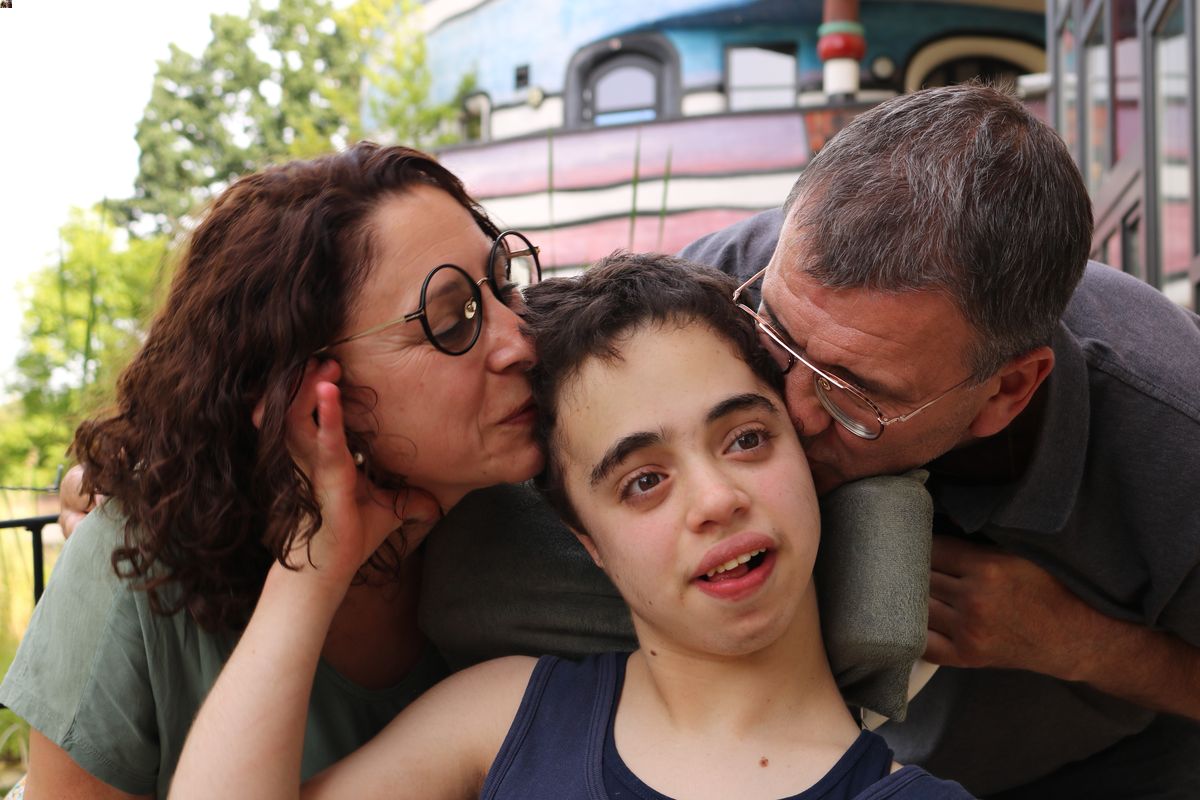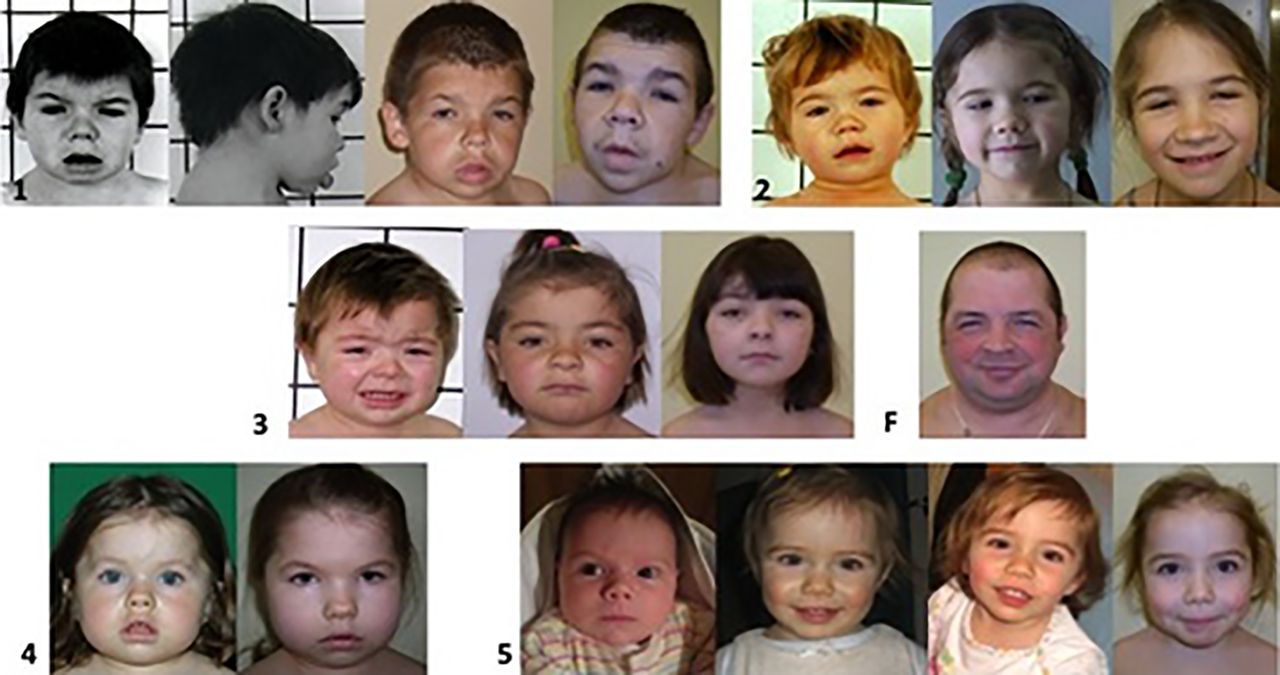
Marshall Syndrome is a rare genetic disorder that affects connective tissues, leading to distinctive facial features, vision problems, and hearing loss. Caused by mutations in the COL11A1 gene, this syndrome can be inherited in an autosomal dominant manner. Symptoms often include a flat nasal bridge, wide-set eyes, and a short stature. Early diagnosis and intervention can help manage some of the complications associated with this condition. Understanding Marshall Syndrome is crucial for those affected and their families, as it can significantly impact daily life. In this post, we will explore 33 fascinating facts about Marshall Syndrome to provide a comprehensive overview of this rare condition.
Key Takeaways:
- Marshall Syndrome is a rare genetic disorder that affects connective tissues, causing facial abnormalities, hearing loss, and vision problems. Early diagnosis and proper management can improve the quality of life for those affected.
- While there is no cure for Marshall Syndrome, treatments like hearing aids, glasses, and surgery can help manage symptoms. Support groups, regular check-ups, and a healthy lifestyle are essential for individuals living with the condition.
What is Marshall Syndrome?
Marshall Syndrome is a rare genetic disorder that affects connective tissues. It can cause various symptoms, including facial abnormalities, hearing loss, and vision problems. Understanding this condition can help those affected and their families manage it better.
- Marshall Syndrome is a genetic disorder caused by mutations in the COL11A1 gene.
- This syndrome is inherited in an autosomal dominant pattern, meaning one copy of the altered gene is enough to cause the disorder.
- The COL11A1 gene provides instructions for making part of type XI collagen, crucial for the development of connective tissues.
- Symptoms often include distinctive facial features such as a flat nasal bridge, wide-set eyes, and a small lower jaw.
- Hearing loss is common in individuals with Marshall Syndrome, often due to abnormalities in the inner ear structures.
- Vision problems, including severe myopia (nearsightedness) and cataracts, are also frequent.
- Some individuals may experience joint hypermobility, leading to frequent dislocations or sprains.
- The syndrome can also cause cleft palate, a condition where the roof of the mouth contains an opening into the nose.
- Diagnosis typically involves genetic testing to identify mutations in the COL11A1 gene.
- There is no cure for Marshall Syndrome, but treatments can help manage symptoms, such as hearing aids for hearing loss and glasses or surgery for vision problems.
History and Discovery
Marshall Syndrome was first described in the medical literature in the 1950s. Since then, researchers have made significant strides in understanding its genetic basis and clinical manifestations.
- Dr. D. Marshall first described the syndrome in 1958, giving the disorder its name.
- Early descriptions focused on the distinctive facial features and vision problems seen in affected individuals.
- Advances in genetic testing in the late 20th century allowed for the identification of the COL11A1 gene mutation as the cause.
- Research has shown that Marshall Syndrome shares similarities with other connective tissue disorders, such as Stickler Syndrome.
- Despite its discovery over 60 years ago, Marshall Syndrome remains a rare and underdiagnosed condition.
Symptoms and Diagnosis
Recognizing the symptoms of Marshall Syndrome can lead to earlier diagnosis and better management of the condition. Here are some key symptoms and diagnostic methods.
- Facial abnormalities, such as a flat nasal bridge and wide-set eyes, are often the first noticeable signs.
- Hearing loss can be detected through audiometric testing, which measures hearing acuity.
- Vision problems are typically identified through regular eye exams, with myopia and cataracts being common findings.
- Genetic testing can confirm the diagnosis by identifying mutations in the COL11A1 gene.
- Family history is also important, as the disorder is inherited in an autosomal dominant pattern.
Treatment and Management
While there is no cure for Marshall Syndrome, various treatments can help manage its symptoms and improve the quality of life for those affected.
- Hearing aids or cochlear implants can assist individuals with hearing loss.
- Glasses or contact lenses can correct vision problems like myopia.
- Cataract surgery may be necessary for those with significant lens opacities.
- Orthopedic interventions, such as braces or physical therapy, can help manage joint hypermobility.
- Speech therapy may be beneficial for individuals with cleft palate or other speech-related issues.
- Regular monitoring by a team of specialists, including geneticists, audiologists, and ophthalmologists, is crucial for comprehensive care.
Living with Marshall Syndrome
Living with Marshall Syndrome can present challenges, but with proper support and management, individuals can lead fulfilling lives.
- Early intervention and regular medical check-ups are key to managing symptoms effectively.
- Support groups and counseling can provide emotional support for affected individuals and their families.
- Educational accommodations, such as special education services or assistive technology, can help children with Marshall Syndrome succeed in school.
- Physical activity and a healthy lifestyle can improve overall well-being and reduce the risk of complications.
- Genetic counseling is recommended for families to understand the inheritance pattern and risks for future pregnancies.
- Advances in research and treatment continue to improve the outlook for individuals with Marshall Syndrome.
- Awareness and education about the disorder can help reduce stigma and promote understanding in the broader community.
Final Thoughts on Marshall Syndrome
Marshall Syndrome, a rare genetic disorder, affects many aspects of life. From hearing loss to distinct facial features, it presents unique challenges. Early diagnosis and intervention can make a big difference. Genetic counseling helps families understand the condition and plan for the future.
Living with Marshall Syndrome requires a strong support system. Medical professionals, educators, and family members play crucial roles. Advances in medical research offer hope for better treatments and improved quality of life.
Raising awareness about Marshall Syndrome is essential. It fosters understanding and empathy, making the world a more inclusive place. By sharing knowledge, we can support those affected and contribute to ongoing research efforts.
Remember, every individual with Marshall Syndrome has their own story. Let's continue to learn, support, and advocate for a brighter future for all.
Frequently Asked Questions
Was this page helpful?
Our commitment to delivering trustworthy and engaging content is at the heart of what we do. Each fact on our site is contributed by real users like you, bringing a wealth of diverse insights and information. To ensure the highest standards of accuracy and reliability, our dedicated editors meticulously review each submission. This process guarantees that the facts we share are not only fascinating but also credible. Trust in our commitment to quality and authenticity as you explore and learn with us.


